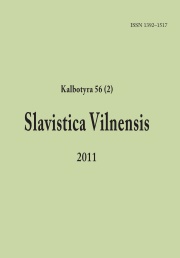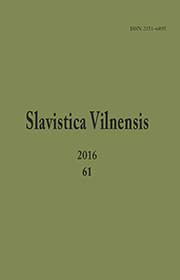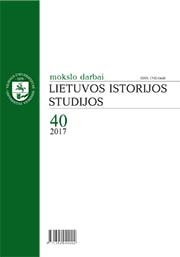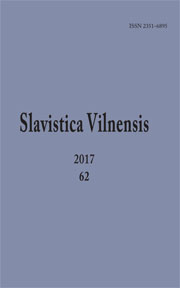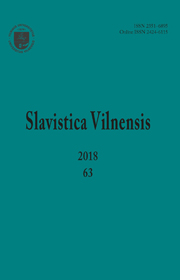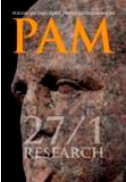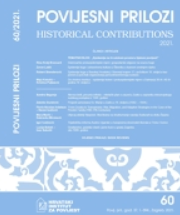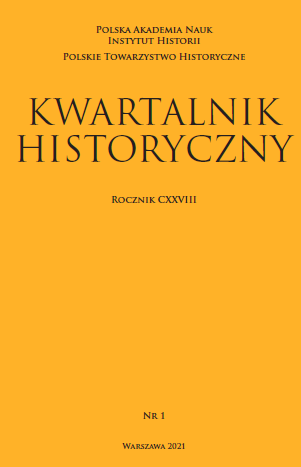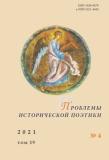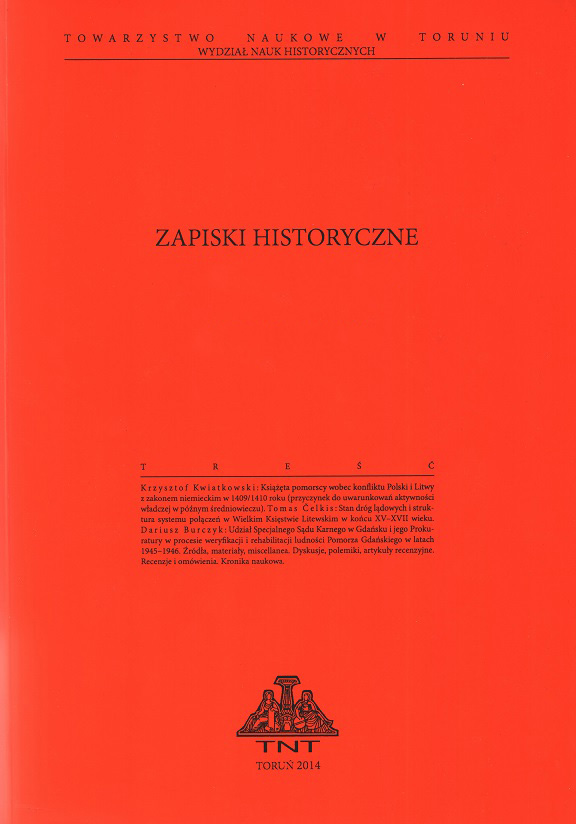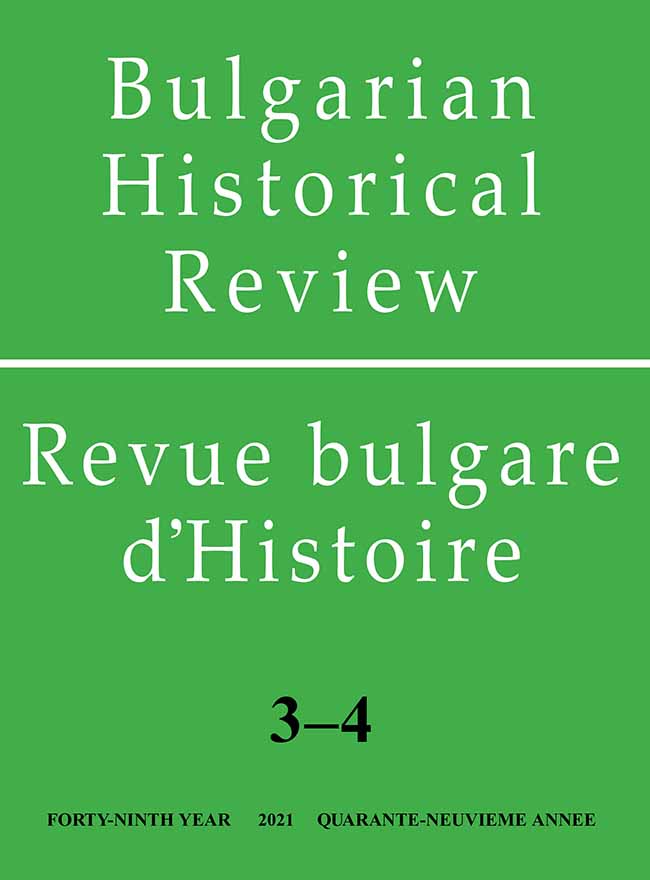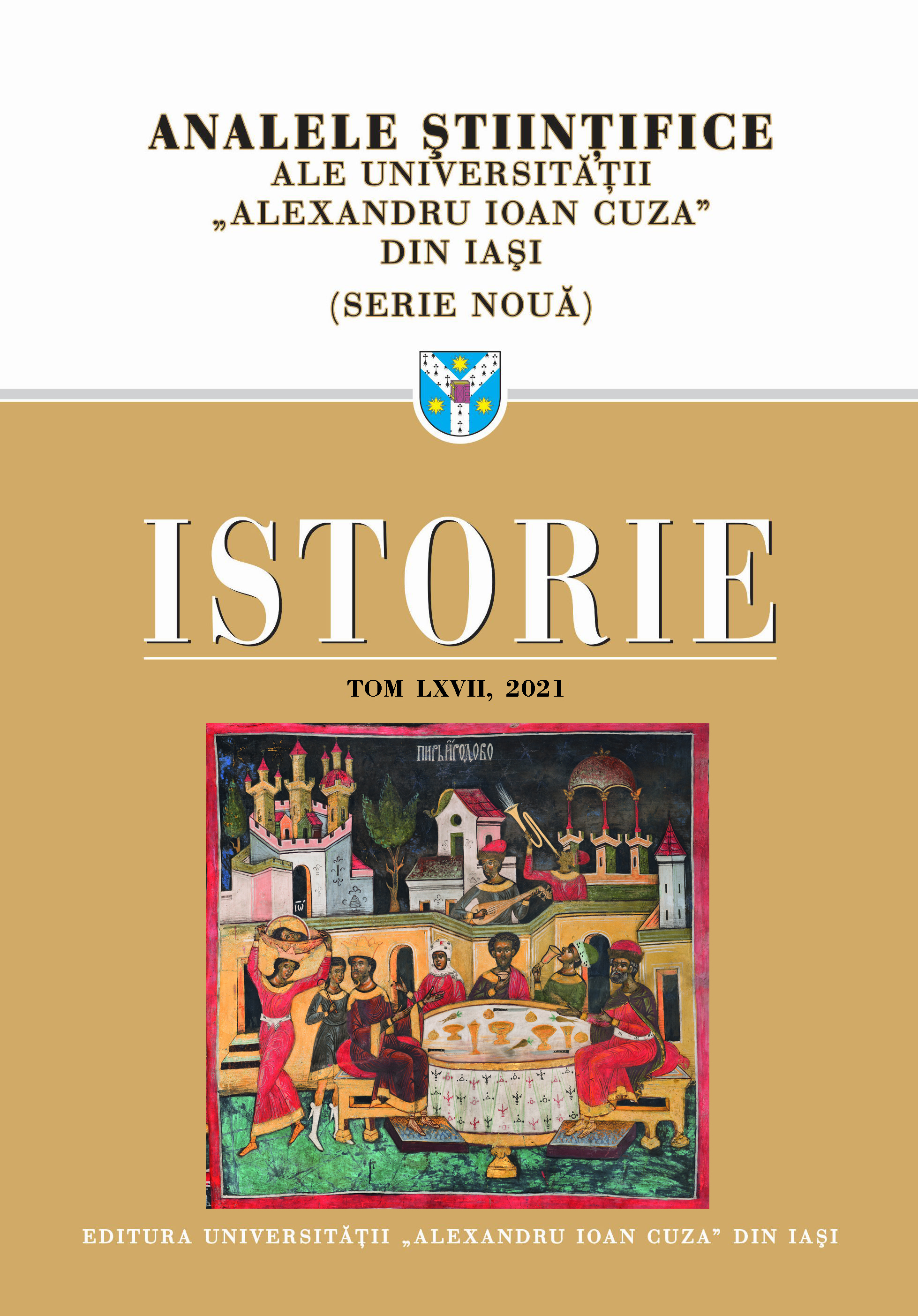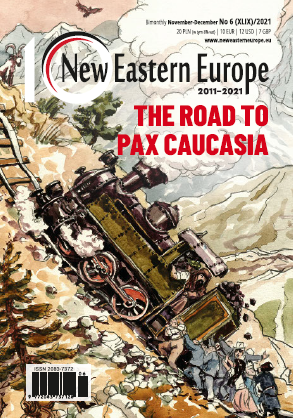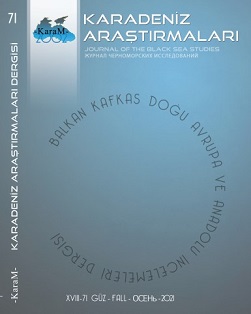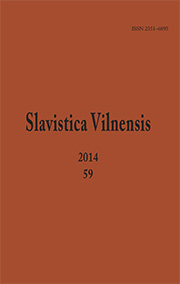
К уточнению круга восточнославянских списков XV–XVII веков, восходящих к древнеболгарскому Супрасльскому сборнику XI века
There are four XV–XVIIth century East Slavic manuscripts written in the Grand Duchy of Lithuania (GDL) that are indirect copies of the XIth century Old Bulgarian Codex Suprasliensis. Recently some scholars have proposed adding to the list another three XV–XVIth century East Slavic Menaion readers (two of which were written outside the GDL). The author demonstrates that these three manuscripts do not stem from the Codex Suprasliensis, but represent an alternative edition of the Menaion reader which contains a number of texts in a quite different textual version. The article presents a list of the distinguishing features which help mutually separate the two structurally similar versions of the Old Church Slavonic Menaion reader for March.
More...
